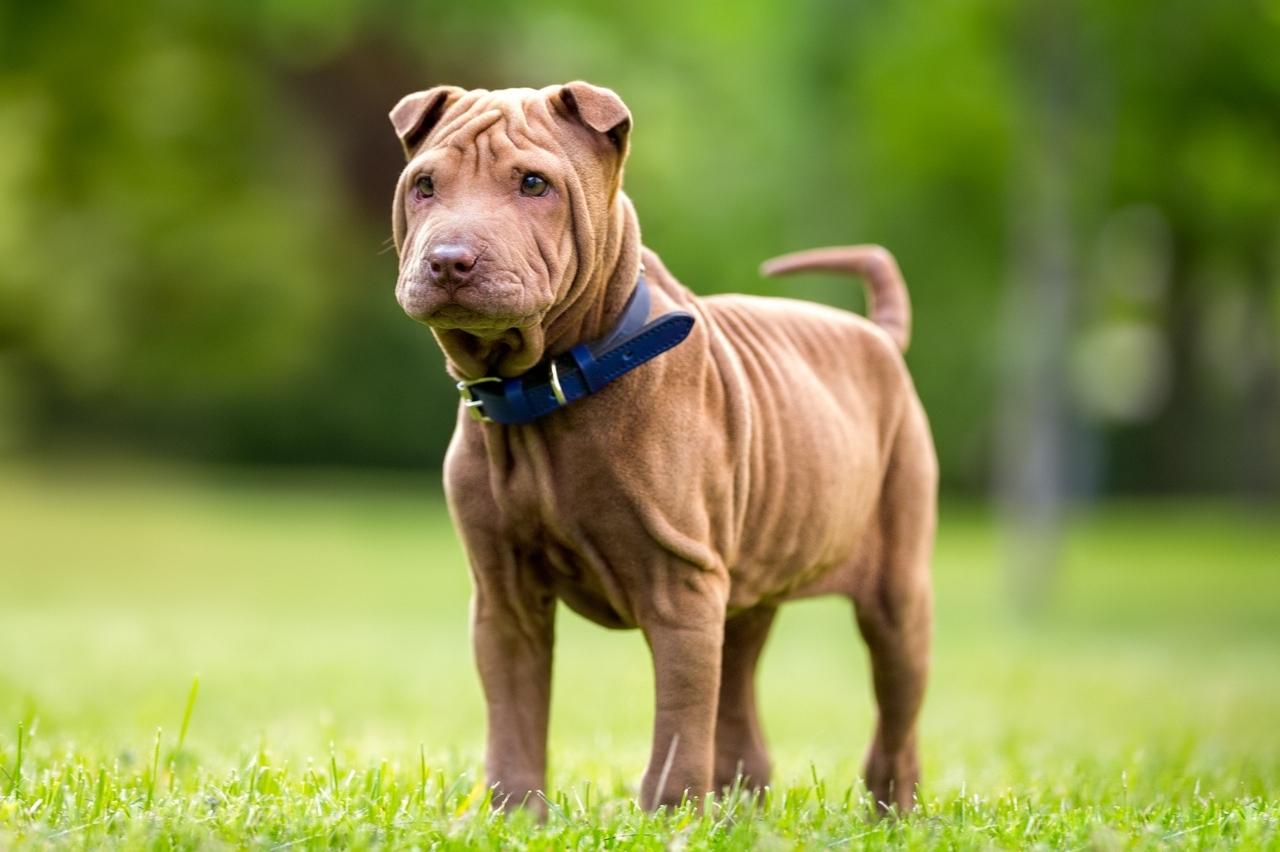 Shutterstock
Shutterstock
From ancient temples to royal courts and tribal camps, dogs have walked side-by-side with humans as loyal companions, spiritual symbols, and even mythical protectors. While every dog may be man’s best friend, some breeds have held such significance in their respective cultures that they’ve become legendary. These breeds were not just pets; they were icons of faith, wealth, strength, and tradition. Across continents and centuries, these canines earned the love, admiration, and sometimes worship of the people they lived among.
Basenji
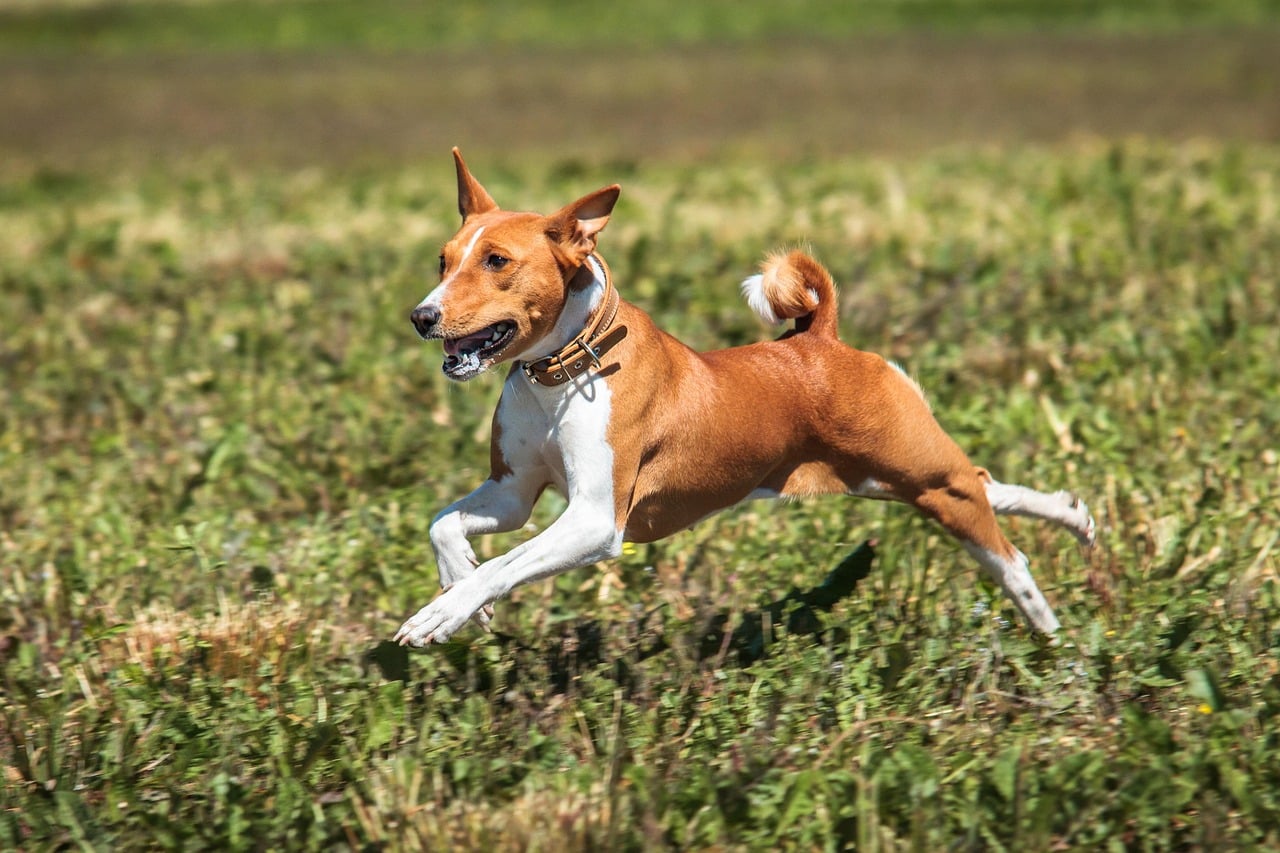 Shutterstock
Shutterstock
Known as the “barkless dog,” the Basenji hails from Central Africa and was highly regarded by tribes such as the Congo’s Pygmies. These dogs were not only prized for their hunting ability but also considered spiritual beings with a connection to the ancestral world. Their silence added to their mystique, and their loyalty made them invaluable to hunters navigating dense forests. Basenjis were so treasured that they were often gifted to Egyptian pharaohs, who found them both elegant and exotic. Today, they still carry an air of mystery—as if they know something we don’t and simply refuse to tell us.
Saluki
 Shutterstock
Shutterstock
Considered one of the oldest known breeds, the Saluki was revered by ancient Egyptians, Persians, and Bedouins alike. Nicknamed the “Royal Dog of Egypt,” these graceful sighthounds were often mummified alongside pharaohs and celebrated in art and carvings. Their speed, elegance, and intelligence made them ideal hunting partners in harsh desert environments. Among Bedouin tribes, Salukis were considered gifts from Allah, and harming one was unthinkable. With a coat that flows like a desert wind and a soul full of history, the Saluki still exudes timeless nobility.
Akita
 Shutterstock
Shutterstock
In Japan, the Akita is more than just a dog—it’s a national symbol of protection, strength, and loyalty. Historically favored by samurai and later Japanese nobility, the Akita was believed to ward off evil spirits and bring good fortune. The famous story of Hachikō, the Akita who waited at a train station daily for his deceased owner, cemented the breed’s place in Japanese hearts. Statues of Akitas are often gifted as a gesture of well-wishes and long life. Let’s be honest, if Loyalty had a mascot, it would be wearing a fluffy Akita suit.
Xoloitzcuintli
 Shutterstock
Shutterstock
The Xoloitzcuintli, or Xolo for short, was treasured by ancient Mesoamerican civilizations like the Aztecs, Toltecs, and Maya. Believed to guide souls to the afterlife, Xolos were often buried with their owners and revered as spiritual protectors. They were also considered healing companions due to their warm, furless bodies—ancient heating pads with paws. Their status wasn’t just symbolic; Xolos were protected and respected members of society. If they had Instagram back then, these dogs would’ve had more followers than the emperor.
Tibetan Mastiff
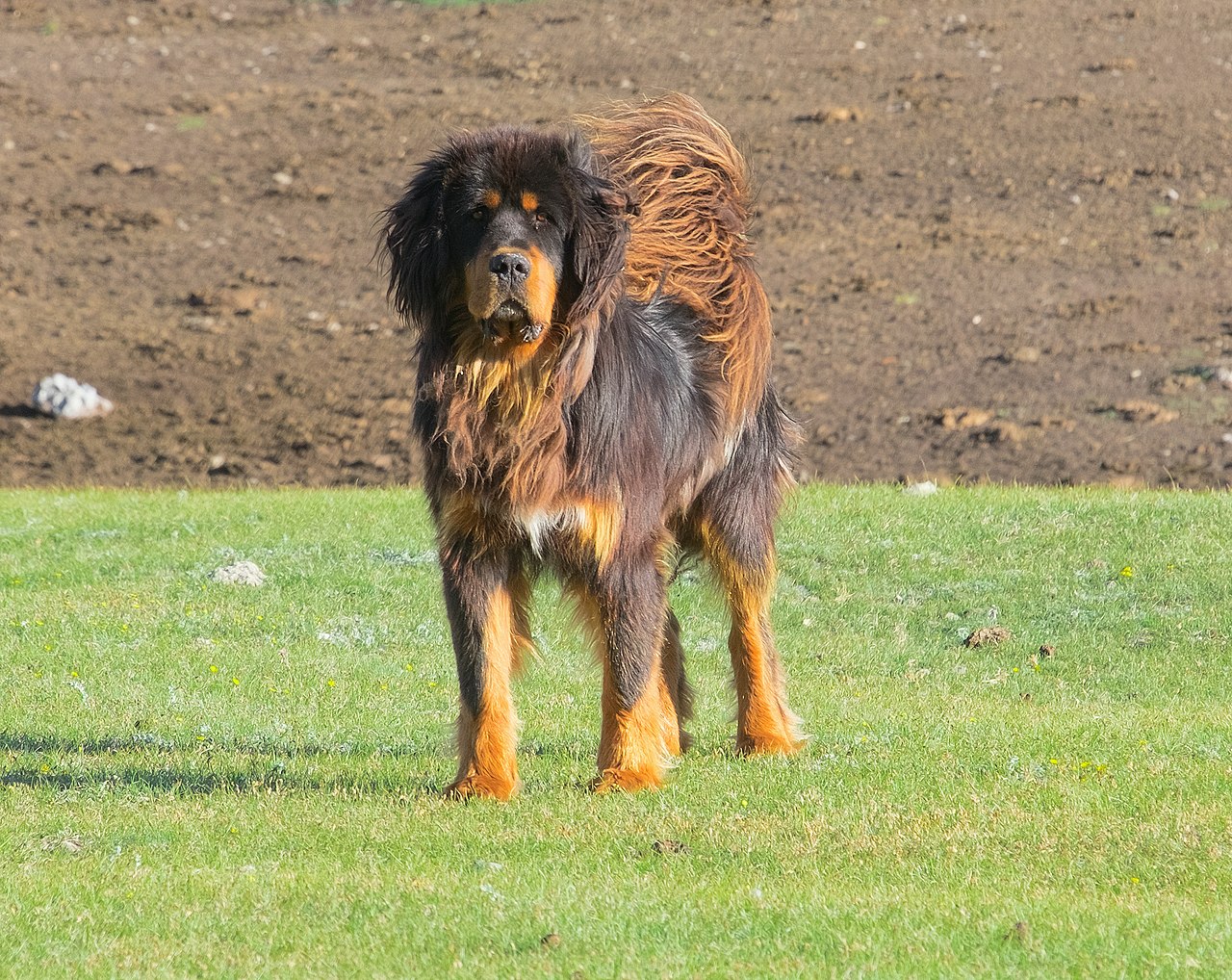 Shutterstock
Shutterstock
Massive, majestic, and fiercely protective, the Tibetan Mastiff was a treasured guardian of monasteries and livestock in Tibet. These dogs were believed to house the souls of monks who failed to reach enlightenment, granting them an almost mythological status. Their thick coats and imposing presence made them well-suited to high-altitude living and spiritual safeguarding. Tibetan nobility held them in high esteem, and they were often given as gifts to Chinese emperors. With a bark that echoes like ancient thunder, the Tibetan Mastiff remains a living legend.
Pharaoh Hound
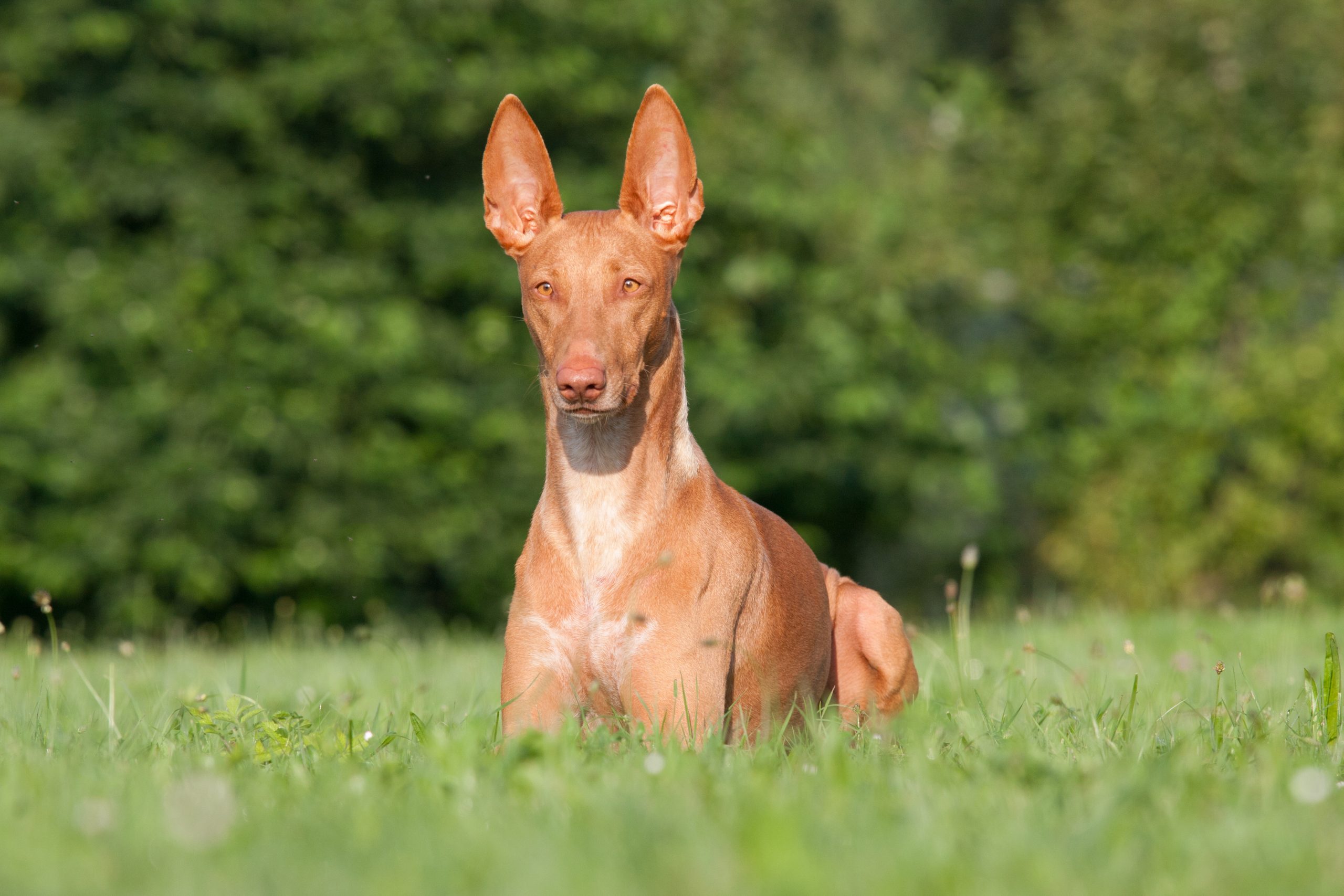 Shutterstock
Shutterstock
Despite the name, the Pharaoh Hound as we know it today hails from Malta, but its ancient-looking form and presence evoke images of Egyptian deities. In Maltese culture, the dog is known as “Kelb tal-Fenek” and has long been used for hunting rabbits across rocky terrain. The breed’s resemblance to Egyptian art has made it a symbol of regal heritage, even if the exact lineage is debated. This sleek, amber-eyed dog was celebrated for its elegance and agility—and for looking perpetually ready for a high-fashion photoshoot. They’re historical reenactors with a built-in glow-up.
Lhasa Apso
 Shutterstock
Shutterstock
Originating from Tibet, the Lhasa Apso was bred to guard Buddhist temples and palaces, believed to carry the spirits of reincarnated monks. These little lions were considered sacred and were never sold—only gifted, often as an honor to emperors and dignitaries. Their long, flowing coats and sharp instincts made them excellent indoor sentinels, detecting intruders before anyone else did. Despite their small size, they held big status in Tibetan culture. Think of them as divine doorbells with a fashion sense.
Shar Pei
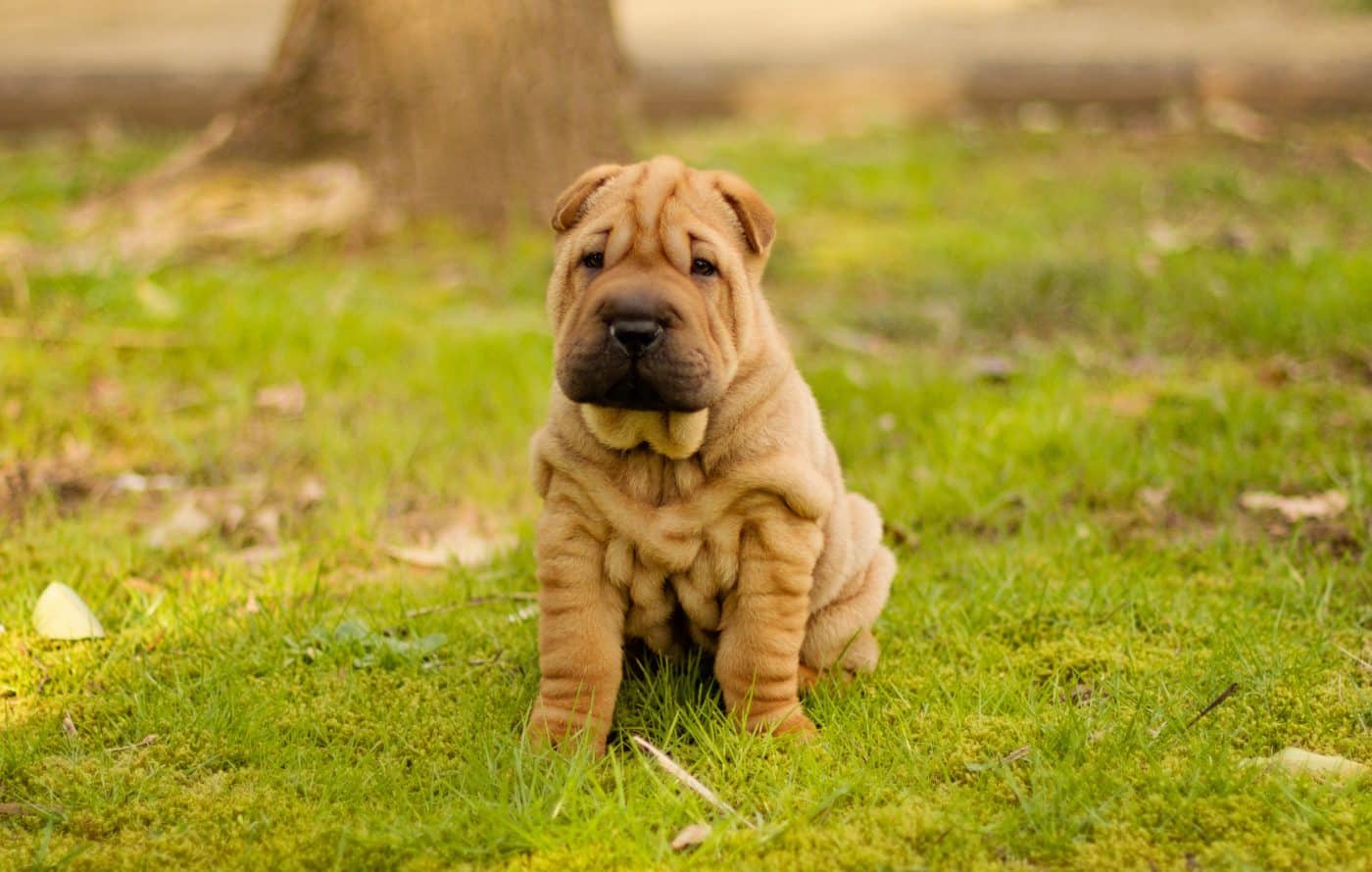 Shutterstock
Shutterstock
The deeply wrinkled Shar Pei was once a working dog in ancient China, used for hunting, herding, and guarding. Its unique skin and features were admired, and the breed was often associated with strength and courage. Though it nearly went extinct during the Communist Revolution, its roots run deep in southern China’s rural traditions. In modern times, its revival made it a symbol of cultural pride.
Samoyed
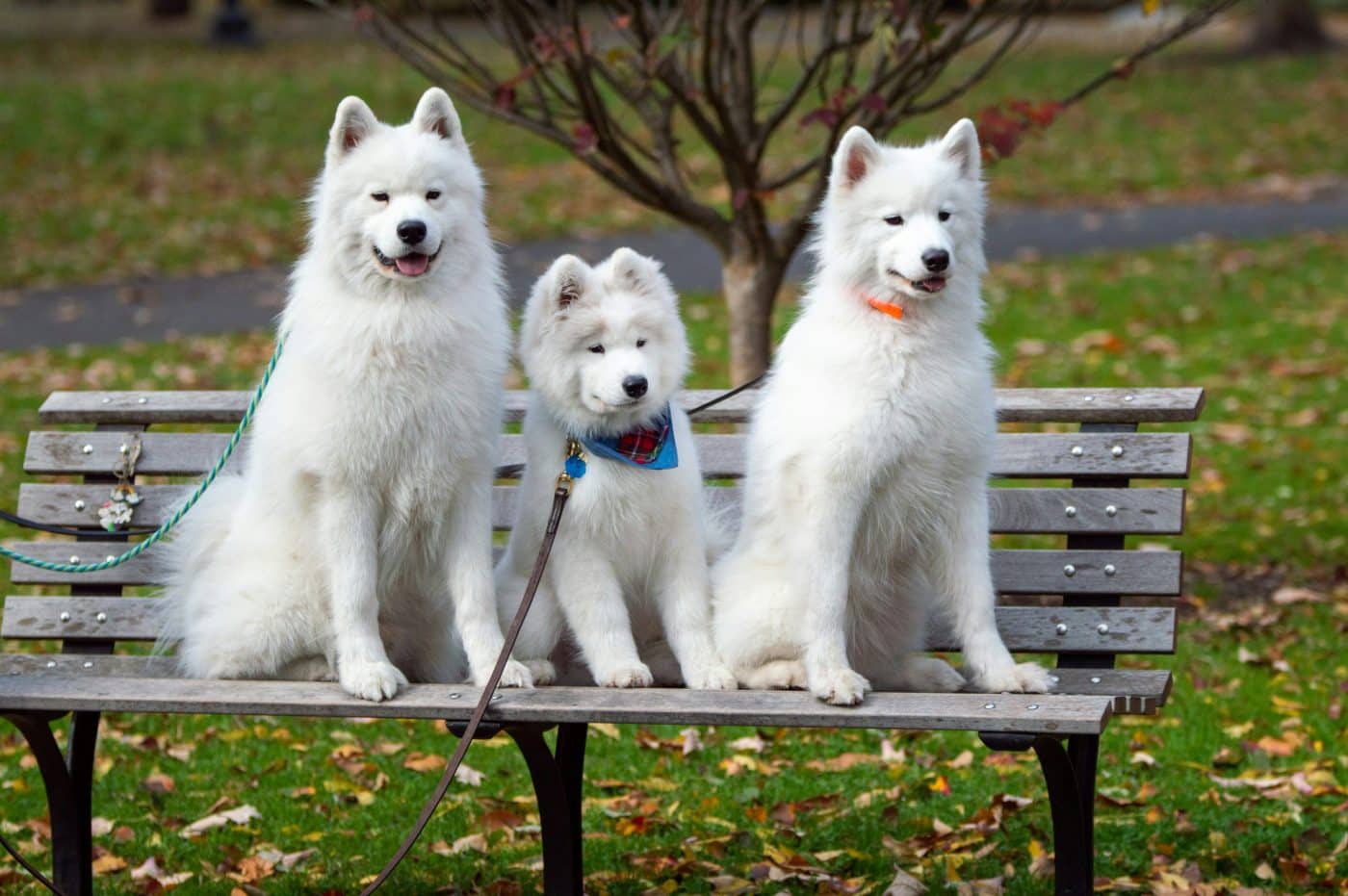 Shutterstock
Shutterstock
In the icy north of Siberia, the Samoyed was an essential member of the nomadic Samoyedic tribes, pulling sleds, herding reindeer, and keeping people warm at night. These dogs were so integrated into daily life that they often slept alongside their humans, sharing body heat during brutal winters. Known for their perpetually smiling faces, Samoyeds were more than workers—they were companions and protectors of great value. Their white, fluffy coats reflect the snowy landscapes they were born into, making them look like living snow clouds. If cozy charisma were a breed, this would be it.
Cane Corso
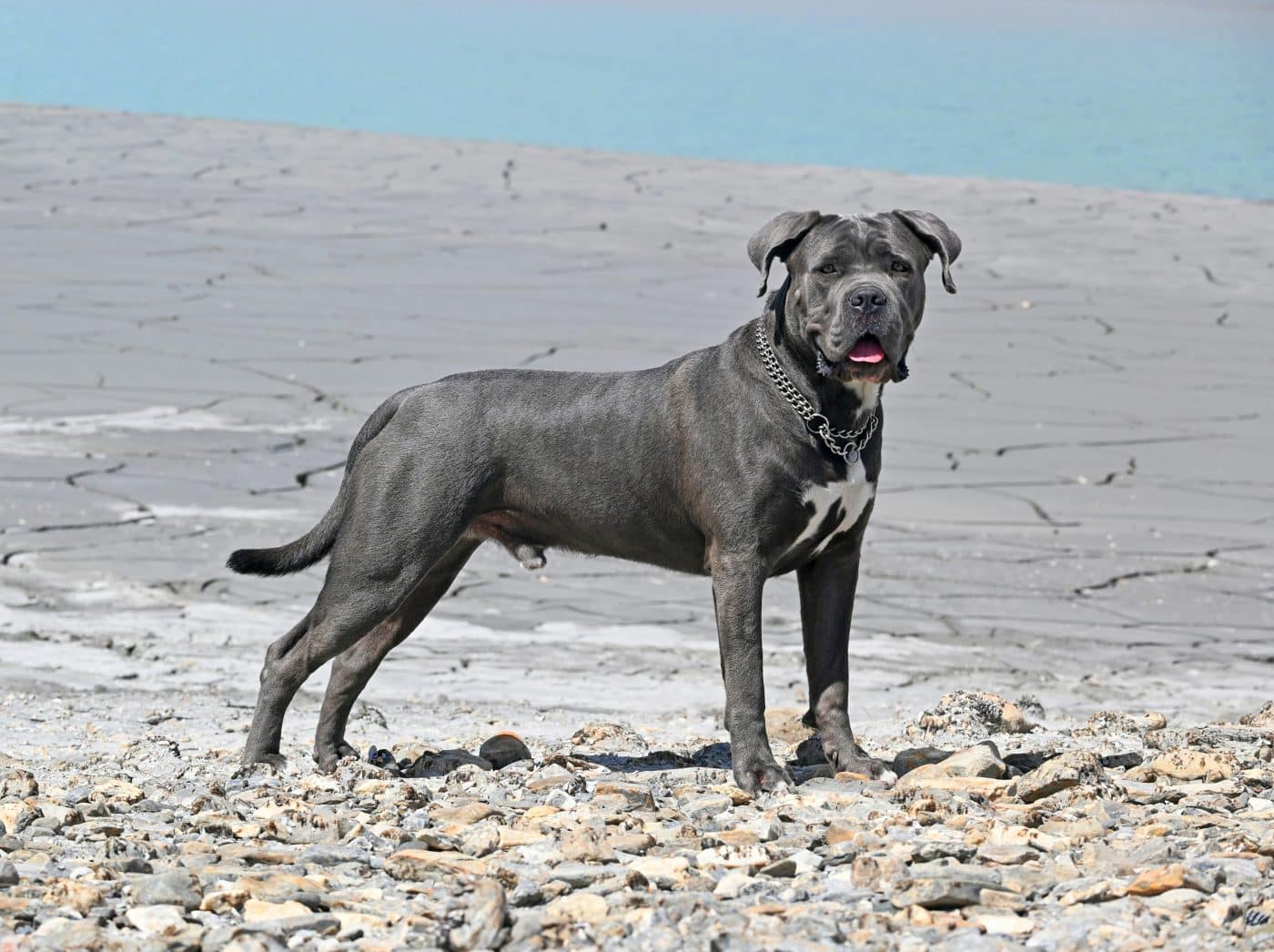 Shutterstock
Shutterstock
A descendant of ancient Roman war dogs, the Cane Corso was a powerhouse treasured for its loyalty and strength. Originally used for guarding estates and hunting large game, this muscular breed was a symbol of might and duty in Roman society. Farmers and noblemen alike admired the Cane Corso for its protective instincts and stoic nature. In southern Italy, they’re still considered guardians of the land and family. Basically, they’re ancient bodyguards in a fur coat—don’t mess with their humans.
Chihuahua
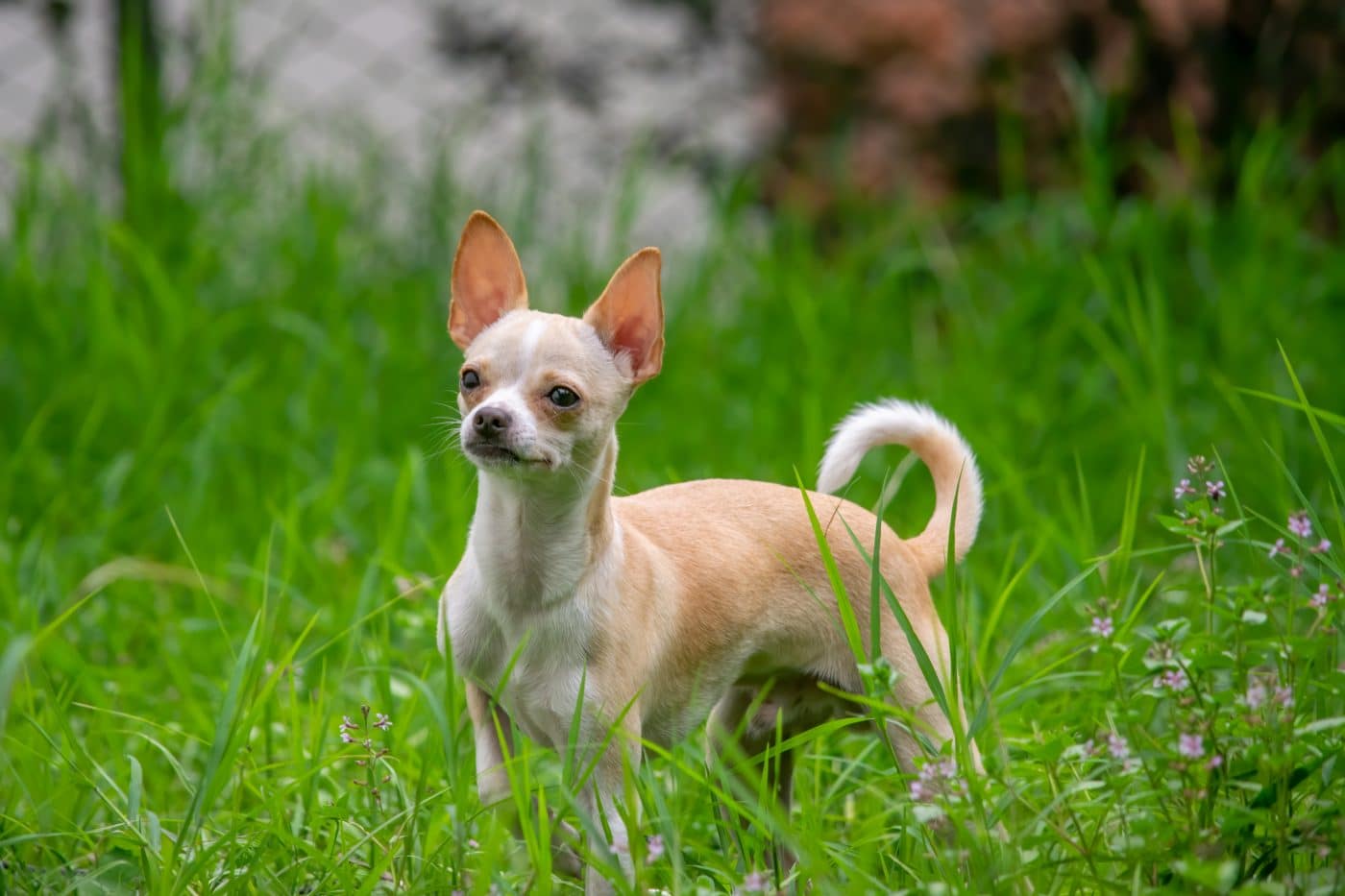 Shutterstock
Shutterstock
Though they may be tiny, Chihuahuas were deeply respected in ancient Aztec culture. Thought to possess mystical powers, they were often kept by nobility and used in spiritual rituals. They were believed to guide souls through the underworld and to absorb the sins of their owners. As strange as that sounds today, it made them sacred and cherished companions in their time. They’ve gone from sacred spirit guides to taco commercials, but hey, that’s range.
Alaskan Malamute
 Shutterstock
Shutterstock
Bred by the native Mahlemut people of Alaska, the Alaskan Malamute was vital for survival in the Arctic. These dogs hauled heavy sleds across icy tundras, helped with hunting, and served as loyal protectors. Their endurance, strength, and loyalty earned them a near-family status in native culture. Malamutes weren’t just pets—they were survival partners in one of the harshest climates on Earth. Plus, their fluffiness hides a heart of absolute gold (and maybe a stubborn streak a mile wide).
Afghan Hound
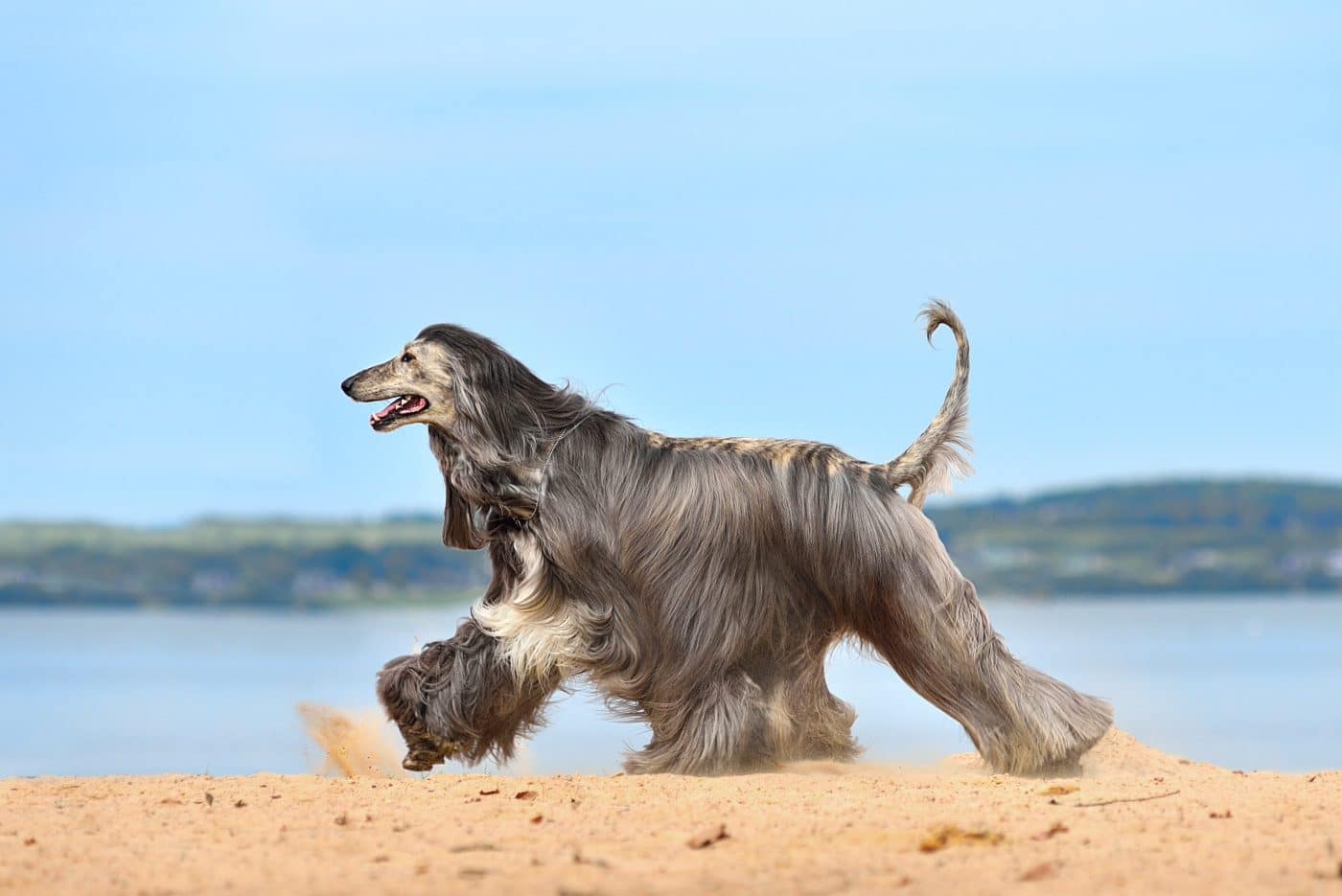 Shutterstock
Shutterstock
With their silky coats and regal stature, Afghan Hounds were cherished by royalty in Afghanistan and neighboring regions. Bred to hunt game across rough mountainous terrain, these dogs combined speed, grace, and strength in a single, glamorous package. They were so revered that their export was once prohibited, keeping their mystery alive outside their native lands. To this day, Afghan Hounds still have that “don’t look at me unless you’re worthy” attitude. They didn’t choose the royal life—it chose them.
Pawsitively Historical and Fashionably Fluffy
 Shutterstock
Shutterstock
These dog breeds that were more than just pets; they were culture carriers, royal companions, and spiritual guides wrapped in fur and fabulousness. While your current pup may only treasure their squeaky toy and nap schedule, these historic hounds were out there shaping civilizations and stealing the hearts of emperors, warriors, and villagers alike. So next time your dog ignores your commands, just remember—they might be channeling the noble spirit of their legendary ancestors. And honestly, who can blame them for acting like royalty when they basically helped write history?
 Toledo, United States.
Toledo, United States.